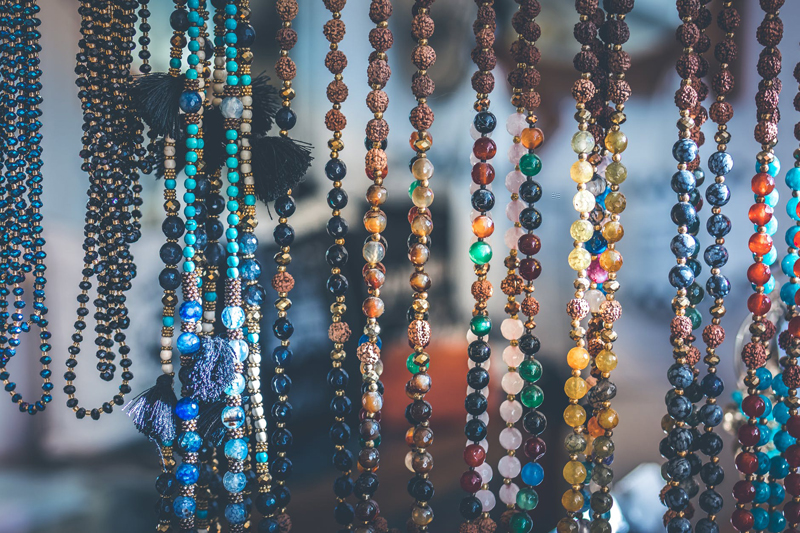Working with brass filigree


On our way to the first day of our local Saturday market, I spotted a sign at a local hotel that said "Bead Show". Of course I had to go in, and of course, Cindy's Wicked Good Beadz was there. She always has lots of wonderful brass shapes in gorgeous finishes, as well as amazing inspiration in the necklaces and bracelets she has on display. Instead of just using the filigree shapes as is, she wires beads to them, she bends them around beads and stones, creates bead caps out of large shapes on large beads, she folds, curves and bends the shapes all sorts of ways.
I picked up some lace edged settings you can find on her site by looking for lace edge. She has them in a few sizes and finishes. The pair used above are 18x13 mm antique gold finish. The filigrees I used for the ear cuffs came from my stash, but she carries one that would work well for ear cuffs, look for filigree scrollwork. I think hers is prettier for ear cuffs and bends more easily. I also got the wire I used from her as well. The bronze parawire is one of my daughter's favorite finishes. It holds up well to tool use and is a lot like working with dead soft silver. For working with just glass beads, the 22 gauge would be fine. I used the 24 gauge on the pearls because they were drilled very small.
To put the image in the setting, I first made a rubbing of the setting by putting a sheet of paper on top of and rubbing it lightly with a pencil. That gave me an outline to cut out and use to trace the shape on the image I wanted to use. The image I used is from a piece of origami paper. Scrapbook pages, gift wrap, or sealed images you do on your inkjet printer will work as well. Putting the images in the settings is exactly like doing a bottle cap necklace. If you're using an ink jet image, spray it with a clear sealer. Glue it into the setting, then top it with a dimensional glossy coat like Ranger's Glossy Accents. Let it cure for 12 hours.
Then decide how you want your drops to look. Because the lace edge has all those open scallops, you could thread beads on wire all through them, or you could have multiple drops. I chose just one drop made of two links. When your making your links, after you make the loop, before wrapping it, put it in place, then wrap it shut. Having 2 links means a lot more movement which is why I did it that way.
You can find instructions for wrapped loops here.
If you're using the scrollwork from Wicked Good Beadz, you'll want to make the ear cuffs mirror images of each other. So if one drop is coming off the right hand middle loop of the scroll work, you'll want the other side to have the drop coming off the left hand loop.
Looking for appropriate stampings yourself, you want it to be about 32 mm in length and as wide as you think is wearable.For me, about 9-10 mm is just about right with an open design you can attach wire, beads or headpins to.
To curve the filigree to fit as an ear cuff, I start the curve on the widest part of my needle nose pliers, then use my fingers to finish the open circle on a size 9 knitting needle. I use my knitting needles more for mandrels than for knitting it seems sometimes.
Be very careful bending it, you want to get it right the first time because the more you manipulate it, the more chance there is of the brass breaking.
I hope this helps inspire you to think in more dimensions with brass stampings, to think of ways you can bend them to fit a shape you want or use them as accents in your beadwork.
You Should Also Read:
How to make wire ear cuffs
Bottle Cap Necklaces
Wrapped Loops

Related Articles
Editor's Picks Articles
Top Ten Articles
Previous Features
Site Map
Follow @shala%5Fbeads
Tweet
Content copyright © 2023 by Shala Kerrigan. All rights reserved.
This content was written by Shala Kerrigan. If you wish to use this content in any manner, you need written permission. Contact Shala Kerrigan for details.






